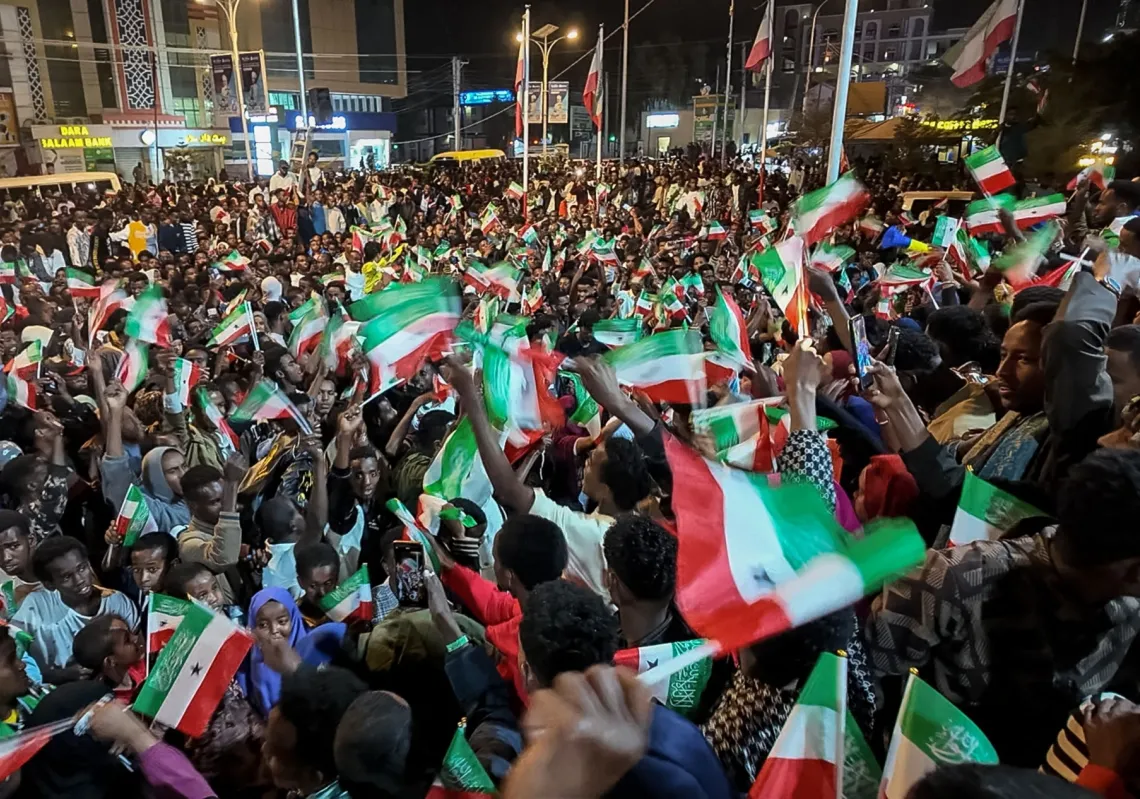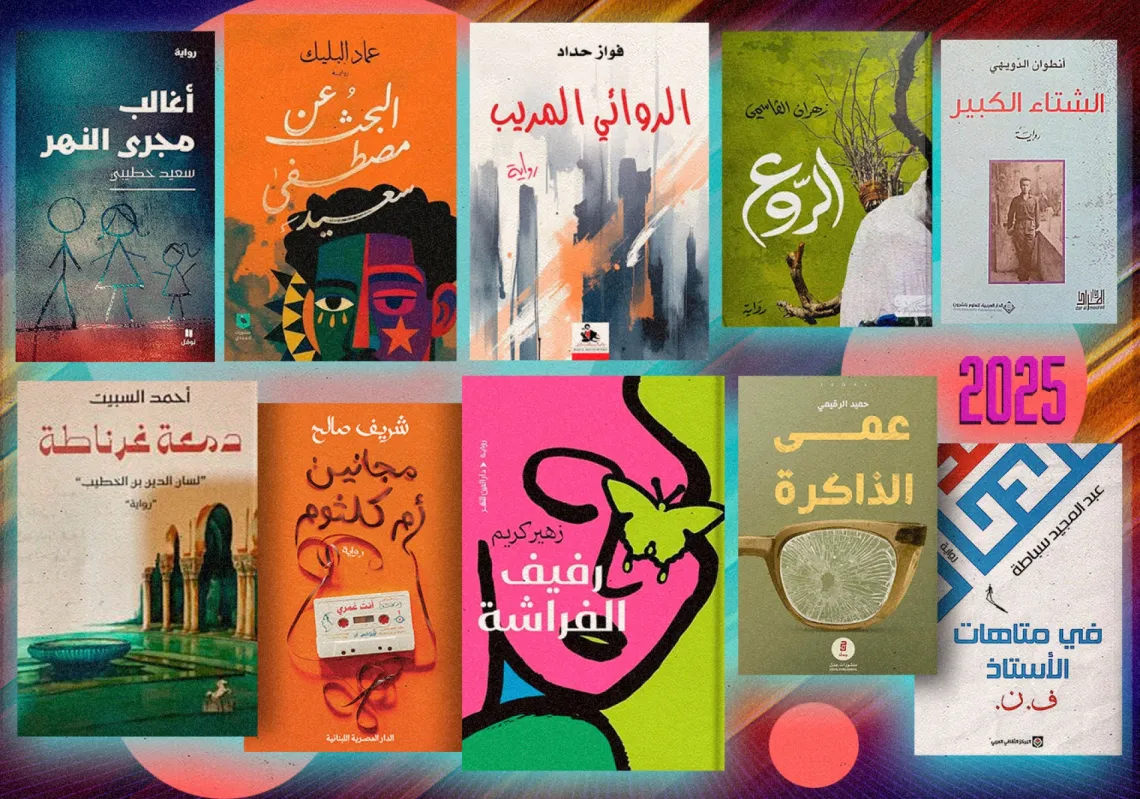The Lebanese love their food, as does much of the world. In a land of flavours and aromas, influences and infusions, the cuisine picks up elements of Mediterranean and Middle Eastern, French and Turkish. Lamb, such an important part of the repertoire, was introduced by the Ottomans, for example.
A good Lebanese meal lingers long in the memory, and the country is rightly famous for its dishes, which often have an earthy quality with a focus on freshness. Around a fifth of all Lebanese work in agriculture to some degree, whether full-time, part-time, or seasonal work on family plots.
The land helps. It is a fertile landscape—about 13% of which is arable. A range of microclimates means that almost every crop has an ideal growing area. For instance, winter wheat and summer vegetables come from the fields of the Bekaa Valley. However, Southern Lebanon—amongst the most important growing regions—has paid a heavy price for Hezbollah’s cross-border strikes against Israel because Israel’s response has had a huge effect on the land, soil, and water.

The land takes a hit
The group’s Shiite fighters, who take their cues from Iran, have launched rockets sporadically at Israel since October after Hamas attacked southern Israel. Some call this “distraction warfare”, with Hezbollah seeking to distract Israel from Gaza. Rockets from Lebanon and retaliatory shelling from Israel have led to hundreds of thousands being evacuated to safety on both sides of the border. New evidence suggests that when the Lebanese return, they may find the land dangerous.
Big chunks of the border areas stretching from the coastal city of Naqoura to the hills of Kfar Shuba at the foot of Mt Hermon by the Golan Heights, including around 100 villages and their surrounding farmland, have been damaged. This land is vital to Lebanon’s small but important agricultural economy, yet crops and fruit trees have been destroyed, and the land contaminated, not least by the insidious use of white phosphorus, which is banned under international law.
Impact on farmers
Lebanon’s economic collapse since 2019 has not spared the farmers. Across the country’s farms, finances were severely strained even before Israel’s attacks in October 2023. Input costs for the likes of fertiliser and feed have shot up. Now, Lebanese face a stark choice: stay on the land and try to farm it despite the hazards, or leave and seek shelter. Abandoning their herds and crops such as apples, grapes, cherries, pomegranates, and olives is tough to do. Many plan to stay.
According to the Ministry of Agriculture, there are 570 million square metres of farming land in southern Lebanon and the neighbouring Nabatieh. The UN says agriculture is the “primary source of livelihood” here.

Yet, the impact of war has been significant. A UN Development Programme (UNDP) report talks about “land degradation, chemical pollution, and contamination from explosive remnants, leading to soil infertility”. It further describes “increased crop and water-source contamination due to white phosphorus shelling, posing threats to livestock and human health”. Israel’s use of white phosphorus over “protected areas, forests, pastures, and water bodies” is causing “extensive environmental damage affecting natural ecosystems and water quality... posing ongoing risks to human health and safety”.
Poisoning the ground
A study by a team from the American University of Beirut on the environmental impact of war in southern Lebanon points to Israel’s destruction of the fertile soil layer of agricultural lands. The team found that Israeli shells had dispersed toxic elements into the ground, among them mercury, which can affect the nervous, digestive, and immune systems. Laboratory tests also confirmed lead, barium, and antimony in the soil. Lead affects the brain and nervous system, leading to seizures, coma, and sometimes death. Barium leads to gastrointestinal damage and paralysis, while antimony is harmful to the skin and eyes, leading to problems with the heart and lungs.
Of most concern, however, are the white phosphorus concentrations that the team found. In some samples, there was 97,000mg of the highly noxious substance per kg. The maximum safe concentration is 800mg. According to the World Health Organisation, the effects of white phosphorus “include cardiovascular effects and collapse, renal and hepatic damage, depressed consciousness, and coma”. It adds that “death may occur from shock, hepatic or renal failure, central nervous system or myocardial damage”.
The UNDP study on affected land covers the first three months of cross-border fighting up to the end of 2023. The next report, which is due soon, will give more up-to-date information as to the damage.
Assessing the destruction
Statistics compiled by the Lebanese Ministry of Agriculture and seen by Al Majalla show a staggering 812 fires in southern Lebanon caused by white phosphorus from 8 October 2023 to 5 June 2024. These completely burned 2.4 million square metres of agricultural land and damaged a further 6.5 million square metres. The extent of the damage is still not completely clear. Hashem Haidar, who heads the Southern Lebanon Council, told Al Majalla that the agricultural area damaged by war is estimated at around 10 million square meters.

“Most of it is damaged by white phosphorus,” he said. “This could harm the agricultural sector for at least five years. Some villages and areas are inaccessible, preventing damage inspection.” He added that more than 1,700 homes had been destroyed and more than 14,000 damaged, but no compensation was being offered. By the end of the fighting, he thinks that the total damage “will be much greater than our estimates”.
Based on data from teams on the ground, as well as from village leaders, Haidar estimates property damage at $2.5bn and infrastructure damage at $500mn, including repairs to water and electricity infrastructure, healthcare, and roads.
Specific sectors suffering
The poultry, livestock, and aquaculture sectors of the region have been almost entirely wiped out, with 12 big farms decimated and a large number of chicken flocks destroyed, either from Israeli shelling or from farmers’ inability to reach them and feed them.
Lebanon’s Ministry of Agriculture said around 340,000 birds had been killed, as had more than 1,000 heads of livestock. A further 370 beehives have been destroyed, while another 3,000 hives are partially damaged due to bombing and displacement. The tobacco season has also been hit. Israeli shelling has disrupted the planting of this important crop, which is usually done in April. The extent of the loss is not yet clear.
Tobacco cultivation is a primary income for 17,000 families in Southern Lebanon, worth around $50 million according to 2023 figures, but fires have affected large areas in which tobacco is typically planted. Jaafar Al-Husseini from the Lebanese tobacco administration told Al Majalla that the entire 2023 crop was harvested early with great difficulty and stored in warehouses beyond the frontline villages. Cash dollars were paid for the entire crop.
Other crops, particularly Southern Lebanon’s famous Baladi and Souri olives, which are known for their slight bitterness, are also at risk. These are some of the most ancient varieties on the Mediterranean coast. Southern Lebanon and Nabatieh contribute 22% of Lebanon’s total olive production value, estimated at about $30mn, but ministry figures show more than 60,000 old olive trees have been damaged by Israeli bombing.

No people, no money
Al-Husseini said 44 frontline border villages are now empty. They account for around 40% of southern Lebanese farmers and the same proportion of production. He added that another 13 villages within range of Israeli shells were abandoned. Rmeish, where 95% of residents chose to stay, is one of only three villages in the region that still have an active agriculture industry, the others being Dibl and Qleiaa.
In many other villages and surrounding areas, the long-term effects of white phosphorus have left the land unfarmable, with contaminated groundwater. Al-Husseini says some tobacco farmers’ homes are destroyed, but they have had no compensation. Amidst the squabbling, some say Hezbollah’s rockets caused the Israeli bombing, so Hezbollah should pay for the damage. Others say it should come from state coffers despite the state being stuck in a deep economic funk.
Not yet extinguished
He says that with no money to afford the rebuilding costs, many will be prevented from returning and resuming their farming. “As long as the war continues, there will be no discussion of compensation,” Al-Husseini says. Haidar holds out no hope for state handouts, so he suggests that Lebanon’s Arab neighbours be asked for assistance. Few think that is a viable option, especially since the fighting between Hezbollah and Israel shows no signs of ending.
On a visit to the border in early June, Prime Minister Benjamin Netanyahu said Israel was prepared for “very intense action in the north”. With Hezbollah having burnt 3,700 acres of Israeli farmland and Israeli shelling setting fire to Lebanese forests, the damage is still mounting. Satellite images tracking fires show a spike since mid-May, with 2 June the worst day so far.
Defence analysts have not ruled out the possibility of an Israeli ground offensive in Southern Lebanon to create a buffer zone, as they did before their eventual withdrawal 24 years ago. The poor farmers may yet have more to contend with.












